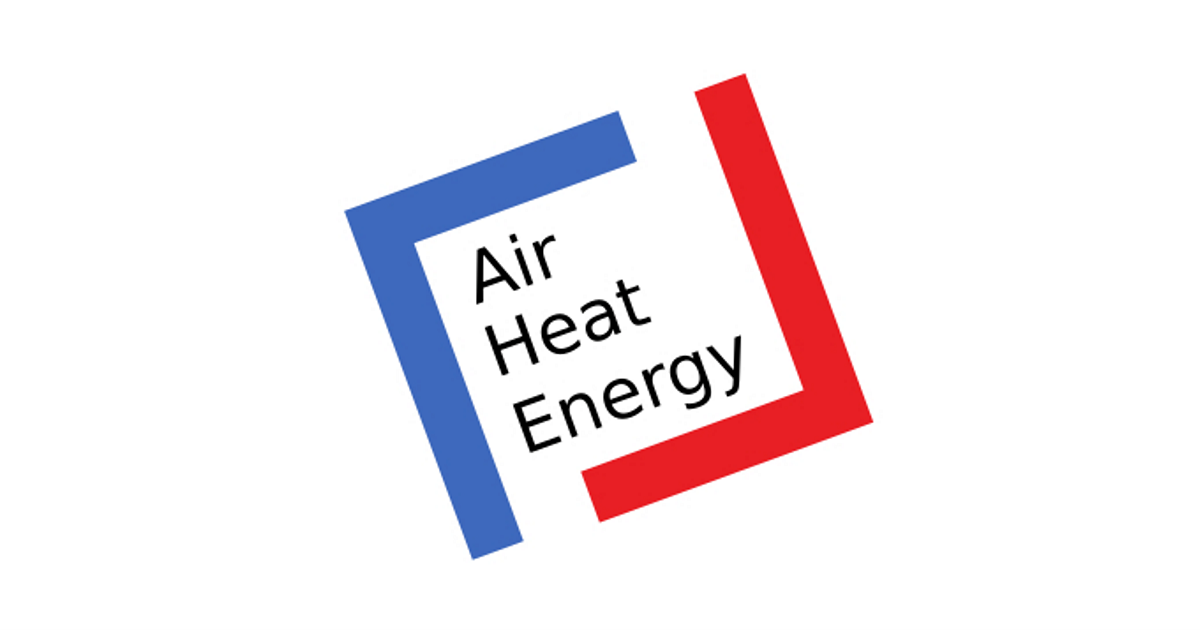Selected Papers from the 16th Conference 'Air, Heat and Energy'
A special issue of Energies (ISSN 1996-1073). This special issue belongs to the section "J1: Heat and Mass Transfer".
Deadline for manuscript submissions: 30 April 2024 | Viewed by 1940
Special Issue Editors
Interests: heat and mass transfer; waste heat recovery; heat pipes; evaporative cooling; numerical simulation
Special Issues, Collections and Topics in MDPI journals
Interests: HVAC&R; energy efficiency in building; energy saving; heat exchangers; renewable energy technologies
Interests: energy economics; thermal comfort; energy conservation; energy modeling; waste heat recovery
Special Issues, Collections and Topics in MDPI journals
Interests: heat and mass transfer; waste heat recovery; heat pipes; evaporative cooling; energy economics
Special Issues, Collections and Topics in MDPI journals
Special Issue Information
Dear Colleagues,
This Special Issue will collect selected papers presented at the Air, Heat, and Energy Conference, which will be held on 13–16 June 2023 in Karpacz, Poland. Authors of high-quality papers from the conference are encouraged to submit extended manuscripts to this dedicated Special Issue. This opportunity is also advertised on the conference website (https://airandheat.pl/).
The Air, Heat, and Energy Conference is a meeting place for both researchers and engineers to discuss the recent advances in the area of sustainable energy systems in buildings. The conference covers a wide range of topics related to energy generation, storage, transmission, and conservation. Regulations, standards, and policies related to these topics are also within the scope of the Special Issue.
The topics of interest include, but are not limited to, the following:
- Heating, ventilation, and air conditioning (HVAC),
- Sanitary systems,
- Gas networks and installations,
- Energy conservation and energy storage,
- Heat pumps, heat recovery, and phase change materials,
- Renewable energy resources,
- Sustainable development and smart cities,
- Smoke and heat exhaust ventilation.
Dr. Krzysztof Rajski
Dr. Sylwia Szczęśniak
Dr. Ali Sohani
Prof. Dr. Jan Danielewicz
Guest Editors
Manuscript Submission Information
Manuscripts should be submitted online at www.mdpi.com by registering and logging in to this website. Once you are registered, click here to go to the submission form. Manuscripts can be submitted until the deadline. All submissions that pass pre-check are peer-reviewed. Accepted papers will be published continuously in the journal (as soon as accepted) and will be listed together on the special issue website. Research articles, review articles as well as short communications are invited. For planned papers, a title and short abstract (about 100 words) can be sent to the Editorial Office for announcement on this website.
Submitted manuscripts should not have been published previously, nor be under consideration for publication elsewhere (except conference proceedings papers). All manuscripts are thoroughly refereed through a single-blind peer-review process. A guide for authors and other relevant information for submission of manuscripts is available on the Instructions for Authors page. Energies is an international peer-reviewed open access semimonthly journal published by MDPI.
Please visit the Instructions for Authors page before submitting a manuscript. The Article Processing Charge (APC) for publication in this open access journal is 2600 CHF (Swiss Francs). Submitted papers should be well formatted and use good English. Authors may use MDPI's English editing service prior to publication or during author revisions.
Keywords
- energy conservation
- energy storage
- renewable energy resources
- HVAC
- heat recovery









